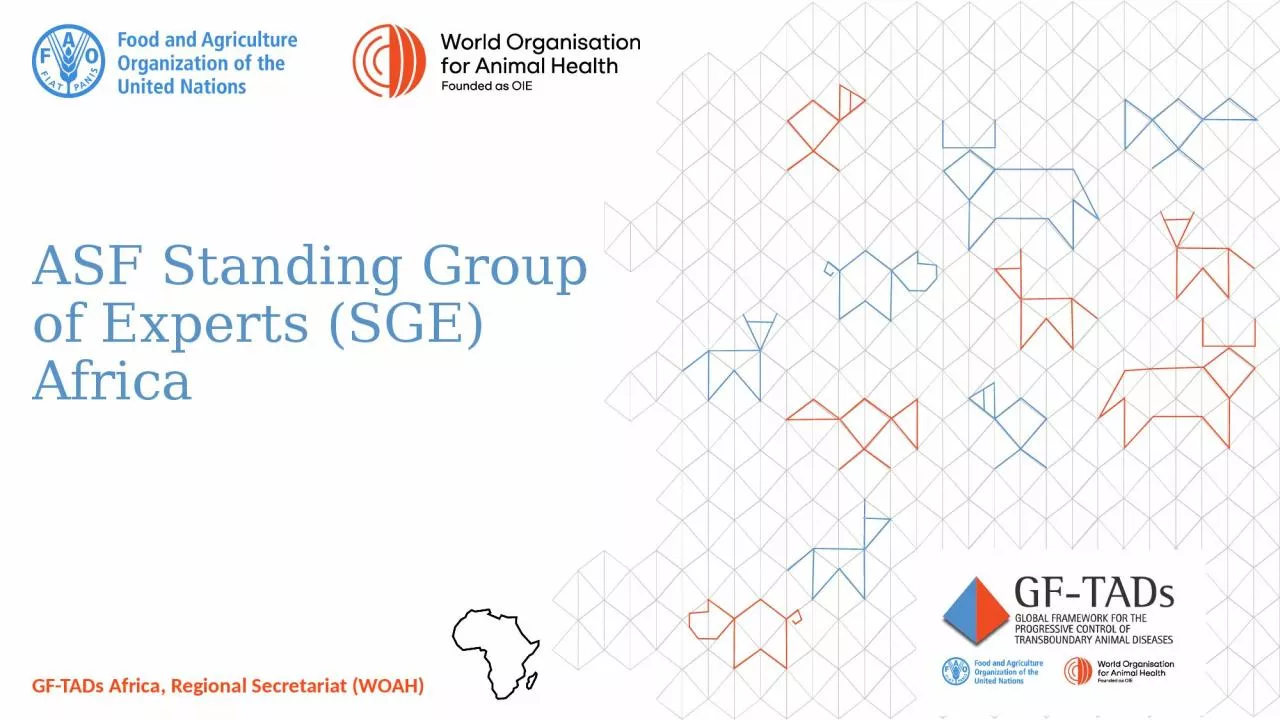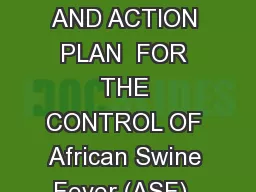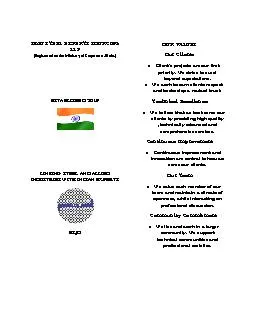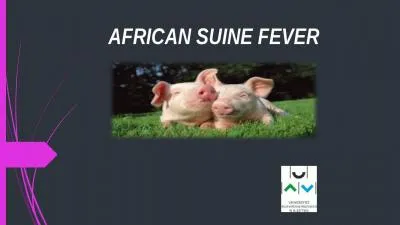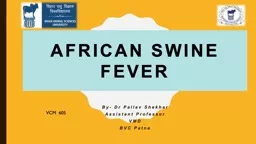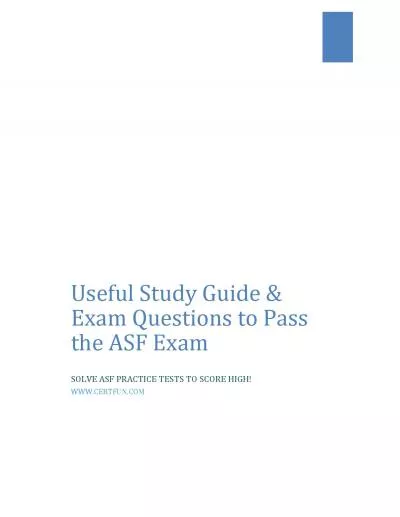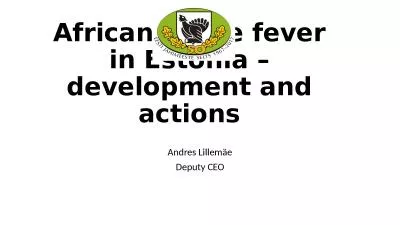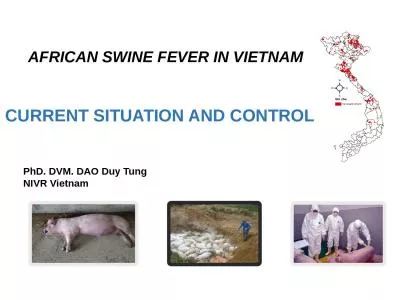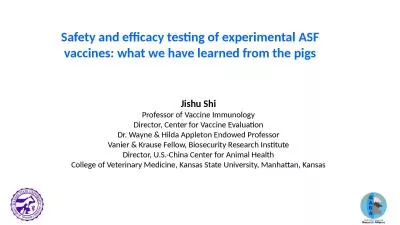PPT-ASF Standing Group of Experts (SGE) Africa
Author : ani | Published Date : 2024-02-09
GFTADs Africa Regional Secretariat WOAH About SGE SGE I Key topics SGE II Other diseases of concern Country Actions from SGE II Next steps Presentation Outline
Presentation Embed Code
Download Presentation
Download Presentation The PPT/PDF document "ASF Standing Group of Experts (SGE) Afri..." is the property of its rightful owner. Permission is granted to download and print the materials on this website for personal, non-commercial use only, and to display it on your personal computer provided you do not modify the materials and that you retain all copyright notices contained in the materials. By downloading content from our website, you accept the terms of this agreement.
ASF Standing Group of Experts (SGE) Africa: Transcript
Download Rules Of Document
"ASF Standing Group of Experts (SGE) Africa"The content belongs to its owner. You may download and print it for personal use, without modification, and keep all copyright notices. By downloading, you agree to these terms.
Related Documents

